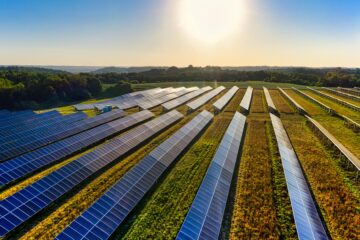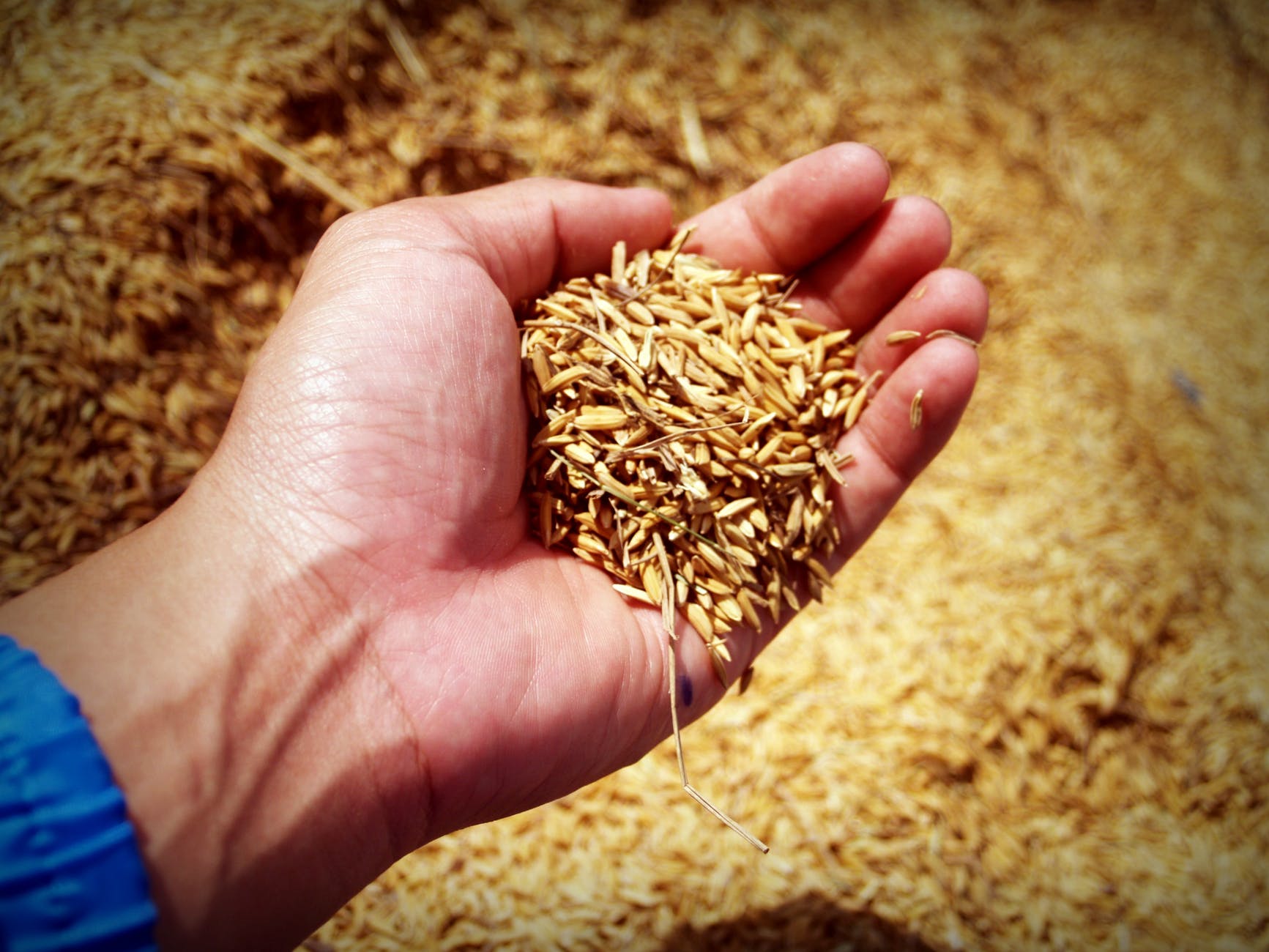Introduction
India experienced a remarkable surge of more than 48% in electric vehicle (EV) sales between 2022 and 2023. This growth encompasses various types of EVs, including two-wheelers, three-wheelers, cars, and SUVs.
However, there are still noticeable gaps in India’s transition to electrification, particularly in specific categories of transport vehicles, both on-road and off-road. Notably absent from India’s EV revolution are tractors, which hold significant importance in the country’s predominantly agricultural economy. Tractors must join the EV transformation without further delay.
In this piece, we will delve into the details of India’s electric tractors (E-Tractors) market, examining its current significance, the factors propelling its growth, governmental initiatives, and the potential implications for the nation’s sustainability objectives.
The Slow Progress of E-Tractors in India
Despite the Ministry of Road Transport and Highways reporting a record sale of 1.66 million electric vehicles (EVs) in India during FY24, only four were classified as agricultural tractors. The first e-tractor was introduced in India over three years ago. Although numerous e-tractor models are now available to Indian consumers, their adoption remains minimal despite the country’s annual sales of nearly 9 lakh tractors.
Why India Must Include Tractors in its Electric Vehicle Revolution?
- As per PPAC data, tractors recently accounted for an average of 4.8% of India’s high-speed diesel consumption, a figure close to that of buses (5.9%) and four times higher than that of three-wheelers (1.2%).
- Tractors are currently held to Bharat Stage IV emission standards, which will persist until 2026. In contrast, road vehicles transitioned from BSIV to more stringent BSVI standards on April 1, 2020, over four years ago.
- ·Research by the ICCT in 2016 included forecasts indicating that emissions of particulate matter and nitrogen oxides from off-road vehicles could surpass those from on-road vehicles by 2030. India has set a net-zero greenhouse gas emissions target by 2070, and tractors could pose a bottleneck hindering progress toward this goal.
What are the Factors Driving the Growth and Interest of E-Tractors?
- In addition to addressing greenhouse gas emissions and decreasing dependence on imported crude oil, e-tractors offer the prospect of lowering farming expenses and enhancing agricultural well-being by reducing noise, vibrations, and exposure to diesel exhaust.
- A total cost of ownership (TCO) assessment indicates potential savings of up to 13% over six years compared to diesel tractors.
| 40-45 HP Diesel tractor | ~27 kW e-Tractor | Savings | |
| On-Road price (in Rs Lakh) | 8.5 | 14 | -39% |
| Fuel Charge for 6 Years (In Rs. lakh) | 20.7 | 2.9 | 620% |
| Other Operating Cost* (In Rs. lakh) | 6.9 | 15.6 | -55% |
| TCO for 6 Years (In Rs. lakh) | 34.9 | 30.4 | 15% |
| SAVINGS | 4.5 | ~13% |
- E-tractors also entail minimal maintenance and upkeep. Unlike electric cars or trucks, they do not encounter range anxiety concerns as they mainly operate on smaller farms, covering shorter distances.
- Some manufacturers assert that e-tractors can accomplish the same stationary tasks as diesel tractors in significantly less time with instantaneous torque delivery and enhanced precision and control.
Government Initiatives
Previously, government incentives such as FAME-I and FAME-II played a crucial role in encouraging the adoption of electric two-wheelers. Now, the industry is advocating for similar assistance through FAME-III, which is expected to have a substantial fund of around INR 50,000 Crore.
This time, the industry requests enhanced purchase and tax incentives for emerging categories like trucks and off-road vehicles utilized in agriculture, mining, and construction.
Some states, such as Telangana and Haryana, have already taken steps to provide incentives for E-tractors under their respective state EV policies. Nonetheless, these efforts should be integrated into central schemes like FAME to ensure consistent support nationwide.
Conclusion
As the e-tractor market progresses and broadens its reach in India, it will be essential to tackle obstacles and seize opportunities to ensure its ongoing development. By addressing infrastructure constraints, enhancing affordability, conducting targeted educational campaigns to raise awareness, and leveraging governmental backing, the e-tractor sector can lead the Indian auto industry toward a greener, more sustainable future.
Sources:
- Vaahan Dashboard
- International Council on Clean Transportation
- Petroleum Planning and Analysis Cell (PPAC)
- ICRA Limited
- News Articles



0 Comments